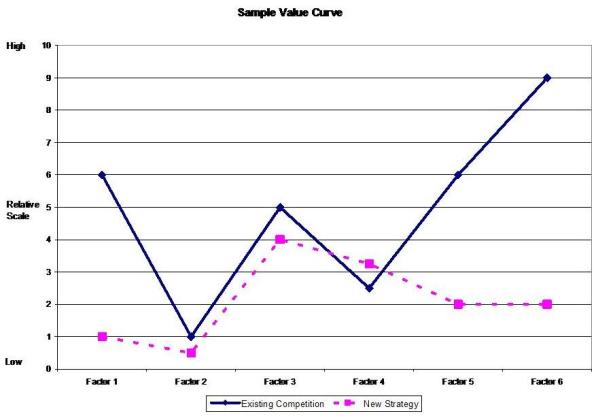As a pretty consistent reader of Harvard Business Review magazine, I find that there are many articles that are good and occasionally there articles that are very stimulating and worth remembering. Those articles make me think and give me new ideas to consider as we steer our business to be more successful. One of those articles that I read many years ago was, “Value Innovation – The Strategic Logic of High Growth”. It comes from the July/August 2004 issue. It is authored by W.Chan Kim and Renee Mauborgne. I pulled it up again and read it as we are trying to chart some new courses in our business. In addition to that article, they also have written a best selling book named Blue Ocean Strategy, you may have heard of it, it is also worth the read.
In the article they point out that most industries compete around the same points of competition and it becomes a race where everyone makes incremental changes in how they compete, but not very often does anyone truly have a breakthrough in how they approach the marketplace. The basis of the article is that incremental points of competition pushes the products or services towards commodity pricing and fights over small changes in market share, no big gains are possible with this strategy.
If you want to make major changes in your industry you have to think differently. Below is an example of their value curve research.

Every industry completes on certain factors. I’ve labeled this example with 6 factors that are along the X axis., there may be more or less in your industry. If there are too many, I’d suggest you boil them down to the few that really matter. It will be hard to figure out what to do if you have too many. Factors vary by industry, some may be the same and some will be unique to your industry. Examples of factors may be cost, features, size, quality, etc. Spend enough time to make sure you really have what the points of competition are, not what you wish they were.
Along the Y Axis we have a relative scale – from high to low, expensive to cheap, many features to few features, etc. depending on what the factor is, you get the idea.
In this example the existing competition is the blue solid line. Based on the factors you can see that the factors fall in different places to the relative scale. In a typical industry the competition will nudge these factors incrementally up and down the relative scale trying to gain market share, but not changing the Value Curve in any significant way.
In this example, a newcomer arrives with a completely new strategy. This is represented with the pink dashed line. You can see that this strategy completely redefines the blue value curve in which the current players compete. Pink is significantly changing how they are going to compete by significantly changing the relative value of factors 1, 5, and 6. If they are successful they should enjoy success and their research says they will enjoy many years of uncontested competition.
